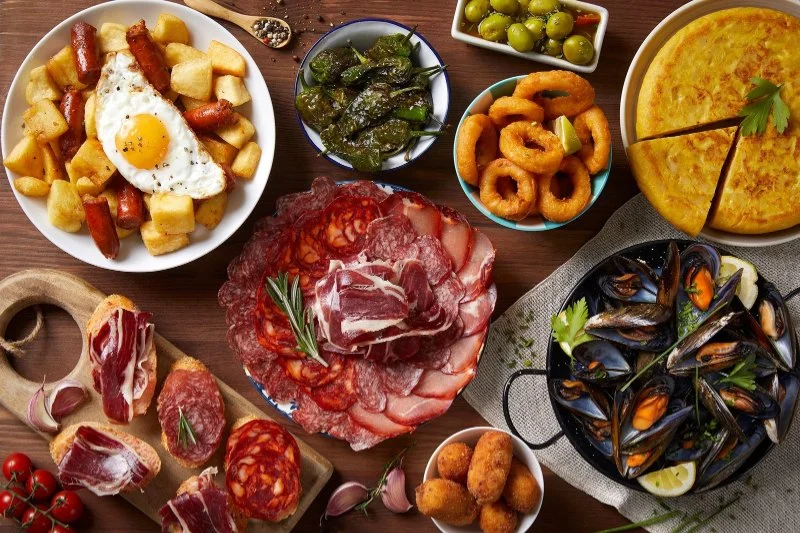
- Overview of Spanish Cuisine
- Northern Spain: Basque and Cantabrian Cuisines
- Central Spain: Castilian and Madrid Cuisines
- Southern Spain: Andalusian Flavors
- Eastern Spain: Catalan and Valencian Cuisine
- The Island Cuisines: Balearic and Canary Islands
Overview of Spanish Cuisine
Spanish cuisine is a rich tapestry woven with centuries of tradition, culture, and geography. Each region of Spain has its own culinary heritage, influenced by the surrounding landscapes, climate, and historical trade routes. The country’s vast geography offers a wide array of ingredients, from fresh seafood to hearty meats, and from vibrant vegetables to aromatic spices. Spanish food is characterized by its variety, bold flavors, and use of fresh, local ingredients.
Whether you’re enjoying the famed tapas or indulging in a plate of paella, the regional specialties of Spain offer an unforgettable dining experience. Let’s explore some of the most distinct and delicious regional cuisines across the country.
Northern Spain: Basque and Cantabrian Cuisines
Northern Spain is known for its rugged coastline, lush landscapes, and its food, which is heavily influenced by the sea. In this region, seafood reigns supreme, with specialties like grilled squid, anchovies, and the famous Basque-style seafood paella. The Basque Country, in particular, is renowned for its culinary creativity, where many chefs have become internationally celebrated.
Key Dishes from Northern Spain:
- Piquillos Rellenos de Marisco: Piquillo peppers stuffed with seafood, typically crab or shrimp, and served with a rich sauce.
- Txangurro: A Basque specialty of spider crab, often prepared in the shell and served with a variety of seasonings.
- Merluza a la Koskera: A fresh fish dish from the Cantabrian region, prepared with shellfish, clams, and a variety of aromatic herbs.
The Cantabrian Sea is also home to some of the world’s finest anchovies, and the region is famous for its anchovy-based tapas. In the Basque Country, pintxos (small snacks) are popular and offer a snapshot of the region’s culinary creativity and diversity.

Bota Tapas & Paella Bar
San FranciscoSan Francisco CountyCalifornia
490 Geary St, San Francisco, CA 94102, USA
Central Spain: Castilian and Madrid Cuisines
The heart of Spain, including Madrid and the Castilla y León region, is known for its hearty, rustic dishes. The food here tends to be meat-heavy, with lamb, pork, and beef often taking center stage. The climate is more continental, meaning the food tends to be richer and heartier, designed to provide warmth and energy during the colder months.
Key Dishes from Central Spain:
- Cochinillo Asado: A roasted suckling pig, tender and juicy, often served with crispy skin. This is a signature dish of Segovia.
- Castilian Soup: A robust soup made with garlic, paprika, bread, and beans, typically served in a terracotta bowl.
- Callos a la Madrileña: A traditional Madrid dish made with tripe, chorizo, and blood sausage, cooked in a rich, spiced broth.
Madrid is also famous for its tapas culture, with local specialties such as calamari sandwiches and churros con chocolate, which are enjoyed both as snacks and as part of the vibrant food scene in the capital.
Southern Spain: Andalusian Flavors
Southern Spain, particularly Andalusia, is known for its light, flavorful dishes that highlight the region’s abundance of fresh vegetables, olive oil, and seafood. The Mediterranean climate encourages the use of bright, zesty ingredients like citrus, garlic, and tomatoes. The southern regions of Spain also have a strong Moorish influence, which is evident in dishes that feature a blend of sweet and savory flavors.
Key Dishes from Southern Spain:
- Gazpacho: A refreshing cold tomato soup made with cucumbers, peppers, onions, and garlic. It’s a perfect dish for hot summer days.
- Salmorejo: A thicker, richer version of gazpacho, made primarily with tomatoes, bread, olive oil, and garlic, often topped with jamón (cured ham) and hard-boiled eggs.
- Pescaíto Frito: Small fried fish, such as anchovies or baby squid, served as a tapa or main dish, showcasing the region’s love for seafood.
Andalusia is also known for its use of olive oil, which is integral to many dishes, both in terms of flavor and cooking method. This region is also home to the famous Sherry wine, often paired with meals to enhance the flavors.
Eastern Spain: Catalan and Valencian Cuisine
The eastern coast of Spain, particularly Catalonia and Valencia, offers an incredible variety of flavors, blending influences from both the Mediterranean and Europe’s broader culinary landscape. Known for its fresh seafood, rice dishes, and unique flavor combinations, this region has some of Spain’s most iconic dishes.
Key Dishes from Eastern Spain:
- Paella Valenciana: The most famous Spanish dish, originating from the Valencian region. Paella is a rice dish made with saffron, vegetables, and a combination of meats or seafood.
- Catalan Crema: A rich, creamy dessert similar to crème brûlée, flavored with citrus and cinnamon, often topped with a crispy caramelized sugar crust.
- Escudella i Carn d’Olla: A traditional Catalan stew made with a variety of meats, vegetables, and beans, served with rice or pasta.
In addition to paella, Catalonia is known for its use of fresh vegetables and herbs, which often appear in its tapas, salads, and main dishes. Catalan cuisine is both refined and rustic, showcasing the versatility of Mediterranean ingredients.
The Island Cuisines: Balearic and Canary Islands
Both the Balearic Islands and the Canary Islands have their own distinctive cuisines, shaped by their isolation and historical connections to other cultures, including Africa and the Americas. The islands’ cuisine tends to feature unique ingredients and techniques not commonly found on the mainland.
Key Dishes from the Island Cuisines:
- Trampo: A simple but delicious Balearic salad made with tomatoes, peppers, onions, and olive oil, often served with fish or seafood.
- Papas Arrugadas: A signature dish of the Canary Islands, this dish consists of wrinkled potatoes served with a spicy red or green mojo sauce.
- Gofio: A traditional Canarian flour made from roasted grains, often served in stews or as a side dish to meat.
The island cuisines are known for their use of locally grown ingredients, with a heavy reliance on seafood and hearty, flavorful dishes. The influence of neighboring countries and distant trade routes gives these regions a truly unique culinary identity.
Spain's regional cuisines offer an exciting array of flavors and dishes, each with its own unique cultural and historical influences. Whether you’re craving seafood, rich stews, or delicate pastries, exploring Spain’s culinary regions will take you on a journey through its diverse heritage. For more on Spanish food and the best ingredients, check out [Rubi Spanish Table], where you can find authentic Spanish products and culinary tools to bring the flavors of Spain into your own kitchen!
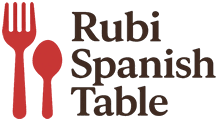

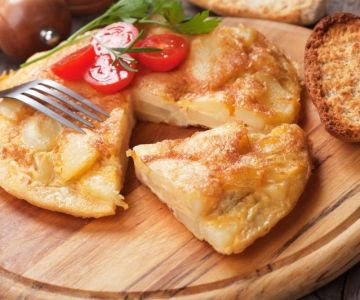
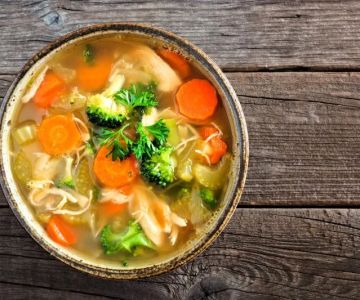
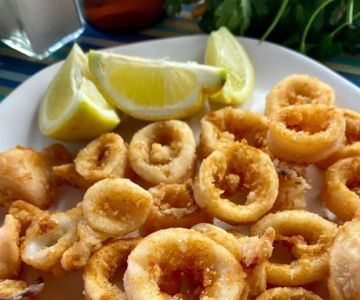
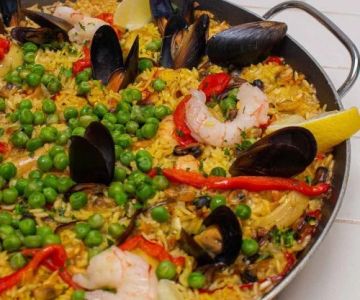


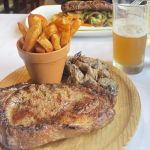 Manolo Tapas4.0 (1147 reviews)
Manolo Tapas4.0 (1147 reviews)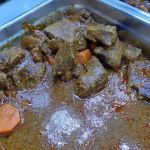 Casa Blanca4.0 (71 reviews)
Casa Blanca4.0 (71 reviews) Lempira Deli4.0 (50 reviews)
Lempira Deli4.0 (50 reviews) El Gran Valle3.0 (25 reviews)
El Gran Valle3.0 (25 reviews)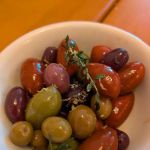 Atxondo4.0 (253 reviews)
Atxondo4.0 (253 reviews)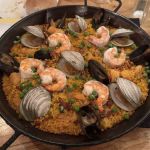 Paella Tapas Wine Bar Restaurant4.0 (147 reviews)
Paella Tapas Wine Bar Restaurant4.0 (147 reviews)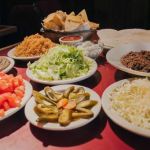 The Best Spanish Restaurants in Detroit for Family Dining Experiences
The Best Spanish Restaurants in Detroit for Family Dining Experiences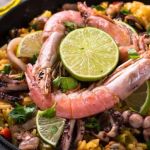 The Best Spanish Food Markets in Granada for Traditional Ingredients
The Best Spanish Food Markets in Granada for Traditional Ingredients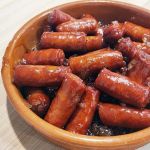 How to Make Spanish Chistorra a la Miel: Chistorra with Honey Recipe
How to Make Spanish Chistorra a la Miel: Chistorra with Honey Recipe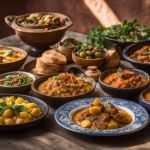 Exploring the Flavors of Andalusia: A Culinary Journey
Exploring the Flavors of Andalusia: A Culinary Journey The Secret to Perfectly Grilled Spanish Chorizo
The Secret to Perfectly Grilled Spanish Chorizo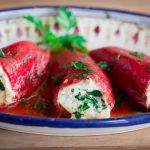 How to Make Spanish Piquillos Rellenos: Stuffed Peppers Recipe
How to Make Spanish Piquillos Rellenos: Stuffed Peppers Recipe